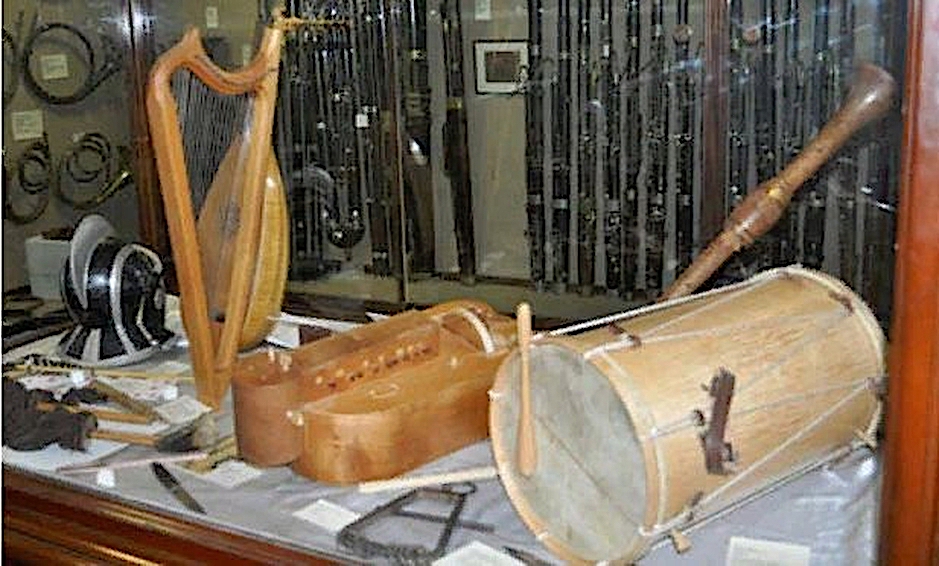In many an audio engineering course, I’ve come across the Fourier Transform, an idea so fundamental in sound production that it seems essential for everyone to know it. My limited understanding was, you might say, functional. It’s some kind of mathematical reverse engineering machine that turns waveforms into frequencies, right? Yes, but it’s much more than that. The idea can seem overwhelming to the non-mathematically-inclined among us.
The Fourier Transform, named for French mathematician and physicist Jean-Baptiste Joseph Fourier, “decomposes” any wave form into frequencies, and “virtually everything in the world can be described via a waveform,” writes one introduction to the theory. That includes not only sounds but “electromagnetic fields, the elevation of a hill versus location… the price of your favorite stock versus time,” the signals of an MRI scanner.
The concept “extends well beyond sound and frequency into many disparate areas of math and even physics. It is crazy just how ubiquitous this idea is,” notes the 3Blue1Brown video above, one of dozens of animated explorations of mathematical concepts. I know far more than I did yesterday thanks to this comprehensive animated lecture. Even if it all seems old hat to you, “there is something fun and enriching,” the video assures us, “about seeing what all of its components look like.”
Things get complicated rather quickly when we get into the dense equations, but the video illustrates every formula with graphs that transform the numbers into meaningful moving images.
3Blue1Brown, a project of former Khan Academy fellow Grant Sanderson, has done the same for dozens of STEM concepts, including such subjects as higher dimensions, cryptocurrencies, machine learning, and neural networks and essentials of calculus and linear algebra like the derivative paradox and “Vectors, what even are they?”
In shorter lessons, you can learn to count to 1000 on two hands, or, just below, learn what it feels like to invent math. (It feels weird at first.)
Sanderson’s short courses “tend to fall into one of two categories,” he writes: topics “people might be seeking out,” like many of those mentioned above, and “problems in math which many people may not have heard of, and which seem really hard at first, but where some shift in perspective makes it both doable and beautiful.” These puzzles with elegantly clever solutions can be found here. Whether you’re a hardcore math-head or not, you’ll find Sanderson’s series of 3Blue1Brown animations illuminating. Find them all here.
Related Content:
The Map of Mathematics: Animation Shows How All the Different Fields in Math Fit Together
Citizen Maths: A Free Online Course That Teaches Adults the Math They Missed in High School
Josh Jones is a writer and musician based in Durham, NC. Follow him at @jdmagness






